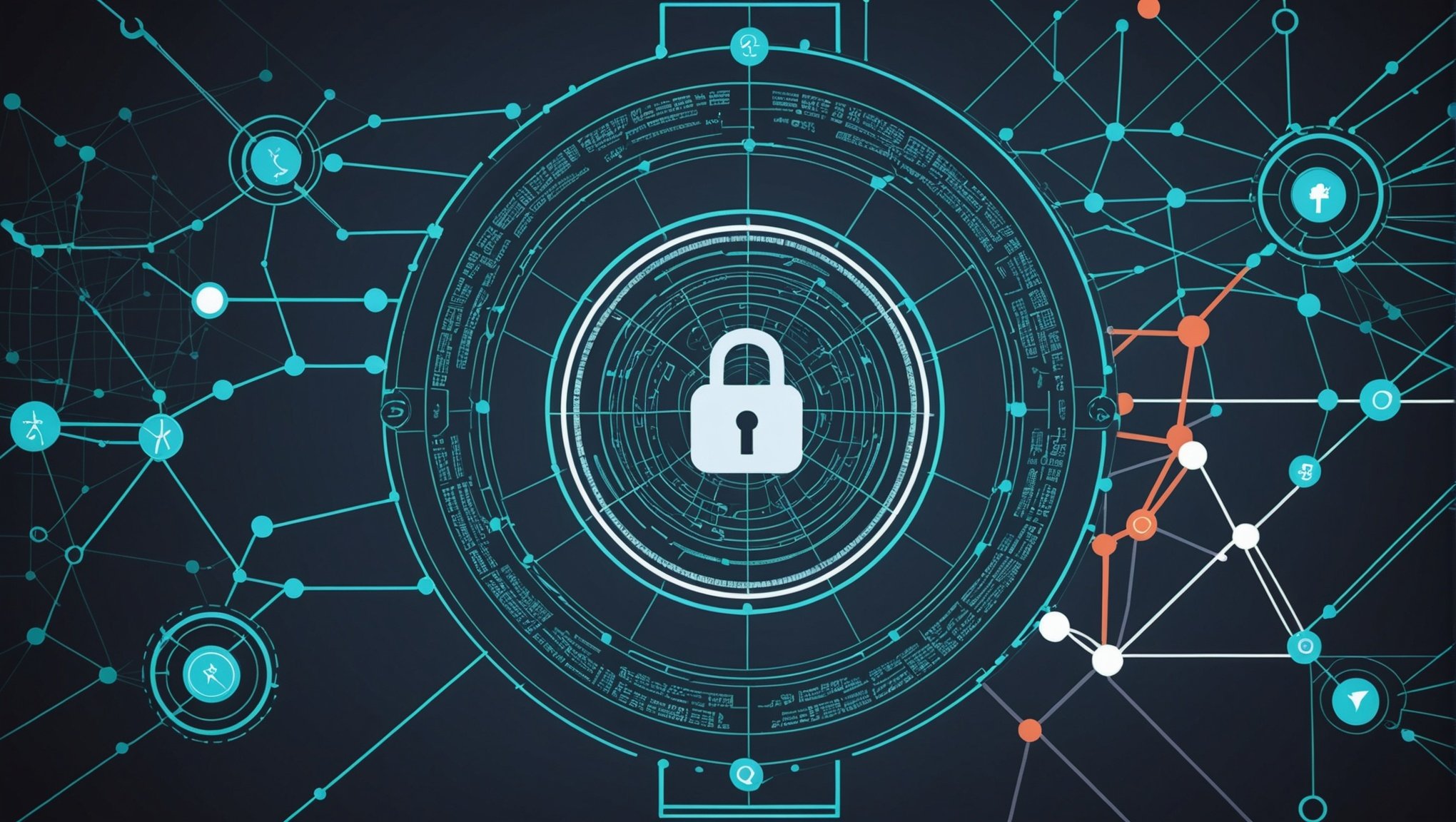Understanding the Cybersecurity Landscape in UK Healthcare
In the UK healthcare sector, cybersecurity is crucial for safeguarding patient data and maintaining trust in healthcare institutions. The landscape is increasingly threatened by sophisticated attacks, such as ransomware and phishing schemes, targeting sensitive healthcare IT systems. It’s imperative for organisations to bolster their defences and protect against these evolving threats.
The significance of cybersecurity in this field extends beyond simply fending off attacks; it is fundamental in ensuring the confidentiality, integrity, and availability of patient information. As such, healthcare providers must adopt robust cybersecurity measures and protocols.
Topic to read : Exploring the Frontier: Recent Developments in the UK’s Space Tourism and Commercial Flight Regulations
Additionally, UK regulations play a pivotal role in shaping cybersecurity strategies and efforts within healthcare IT. The National Cyber Security Centre (NCSC) provides guidelines and support to help organisations improve their resilience. Compliance with laws, such as the General Data Protection Regulation (GDPR) and the Data Protection Act 2018, is mandatory, compelling healthcare providers to prioritise cybersecurity.
Considerations for healthcare IT also include adopting a proactive stance on employee training and incorporating advanced technologies, such as encryption and authentication methods. By understanding these aspects, healthcare facilities can effectively manage the intricate balance between innovation and patient data protection.
In the same genre : Unlocking Safety: How Smart Locks Revolutionize Home Security Systems Across the UK
Key Components of an Effective Cybersecurity Strategy
A successful Cybersecurity Strategy hinges on comprehensive risk management. By adopting best practices, organisations can significantly bolster their defences against potential threats.
Assessing Cybersecurity Risks
Assessing risks begins with identifying vulnerabilities and potential threats unique to your healthcare environment. This involves conducting tailored risk assessments, which aid in understanding specific weak points. The focus should be on prioritising risks based on both their potential impact and likelihood of occurrence. This prioritisation enables more targeted and effective implementation of security measures.
Developing a Cybersecurity Policy Framework
Creating a robust cybersecurity policy framework requires establishing clear policies and procedures to guide security efforts. Engaging all stakeholders is crucial in fostering a culture of cybersecurity within the organisation. Regular reviews and updates of these policies ensure they remain relevant and effective in the face of evolving threats.
Implementing Security Tools and Technologies
The integration of essential cybersecurity tools forms the backbone of a secure healthcare system. Continuous monitoring and threat detection are paramount, allowing for immediate response to potential breaches. It is equally important to ensure these technologies seamlessly integrate with existing systems, maintaining a balance between enhanced security and operational efficiency.
Staff Training and Awareness
The human factor remains a critical consideration in cybersecurity. As such, cybersecurity training directly mitigates cyber risks by enhancing staff awareness. Understanding the significance of staff training in safeguarding sensitive information is pivotal. Without knowledgeable personnel, healthcare facilities remain vulnerable to security breaches, which can compromise patient data confidentiality. Effective training programs tailored to medical staff needs can prevent such incidents.
Strategies for effective training programs focus on ongoing and practical learning. Custom workshops and simulations that reflect potential threats seen in healthcare sectors offer practical experience and improve staff response competencies. Continuous updates and refreshers are crucial, considering the fast-paced trend of cyber threats. Implementing initiatives like quarterly training or monthly security newsletters can be beneficial.
Alongside structured training, continuous awareness initiatives play a primary role in keeping cybersecurity top of mind among staff. Encourage a culture of vigilance and readiness through regular briefings and accessible resources. By maintaining this environment, healthcare staff are more prepared to identify and respond to potential threats, guaranteeing better protection of sensitive information. Investing in staff knowledge is not an occasional task but a continuous commitment to security.
Incident Response and Recovery Planning
Developing a robust Incident Response Plan is essential for minimizing damage during a Data Breach. It requires key components like a clear strategy, assigned roles, and an effective communication protocol.
Developing an Incident Response Plan
A central part of any response strategy is understanding the specific roles and responsibilities of individuals involved. Each participant must know their duties to ensure rapid and efficient action. Protocols for communicating during a breach are equally crucial to prevent the spread of misinformation and ensure stakeholders are updated consistently and accurately.
Recovery Strategies Post-Incident
Once an incident has occurred, implementing Recovery Strategies becomes the priority. Start by addressing immediate threats and then focus on restoring normal operations. A comprehensive backup and recovery solution is vital, ensuring data is restored with minimal loss or downtime. Regularly updating these plans helps in learning from past incidents to enhance future responses. This strategic improvement ensures greater resilience against potential breaches.
In summary, a well-designed incident response and recovery plan not only mitigates the impact of a Data Breach, but also reinforces overall cybersecurity posture. It positions organizations to respond quickly and efficiently, safeguarding their data and reputation.
Regulatory Compliance and Legal Considerations
Navigating the complex landscape of healthcare regulations can be daunting. Notably, cybersecurity concerns are intensified by stringent rules designed to protect patient data. The General Data Protection Regulation (GDPR) is a key regulation impacting how organisations manage data. It demands hospitals and clinics exercise diligent protection for patient information, necessitating substantial infrastructure investment in data security.
GDPR implications for patient data security are profound. It mandates that healthcare providers must not only secure data but also ensure transparency in their data-handling practices. This includes obtaining explicit patient consent for data usage and providing clear data access protocols. Failure to comply can result in significant fines and reputational damage.
Legal liabilities in the event of a data breach are also of paramount concern. Breaches can result in loss of trust and legal actions from affected patients. Healthcare providers must prioritise compliance with data protection laws to mitigate these risks. Ensuring robust cybersecurity measures are in place can aid in protecting against potential legal repercussions.
Understanding and adhering to these regulations is crucial not only for patient safety but also for safeguarding the institution’s credibility and operational continuity. This emphasizes the critical importance of regulatory compliance in today’s digital healthcare environment.
Future Trends in Healthcare Cybersecurity
The rapid advancement of healthcare technology underscores the necessity to stay ahead of emerging threats. By closely monitoring evolving cyber threats, healthcare organizations can safeguard their sensitive data and infrastructure. The dynamic landscape of cybersecurity trends demands not only vigilance but also strategic foresight.
Monitoring Emerging Cybersecurity Threats
Healthcare sectors face an increasing barrage of cyber threats, from ransomware to phishing attacks targeting patient data and systems. The integration of AI and machine learning is transforming threat detection, enabling systems to predict and counteract potential breaches faster than ever. By analysing vast datasets for irregular patterns, these technologies serve as proactive shields, bolstering defences before threats obtain a foothold.
To build resilience against evolving cybersecurity trends, it is crucial to future-proof strategies. Investing in adaptable and scalable solutions ensures preparedness as the threat landscape shifts. Regularly updating security protocols and conducting continuous training for staff are pivotal components in maintaining an organisation’s defences.
Confronted with these emerging threats, adopting a proactive stance safeguards not only confidential data but also the trust between healthcare providers and their patients. Thus, a robust, forward-looking approach to cybersecurity becomes an essential pillar of modern healthcare operations.
Case Studies and Lessons Learned
Examining cybersecurity case studies in UK healthcare reveals both challenges and successes that yield valuable learning opportunities. One prominent example involves a major hospital system effectively addressing a ransomware attack. Through proper incident response protocols and employee training, they managed swift containment, demonstrating the importance of preparation.
Moreover, successful cybersecurity implementations often hinge on integrating best practices such as regular penetration testing and data encryption. A notable healthcare success story involved a clinic enhancing its security posture by employing multi-factor authentication (MFA) and securing network access points, effectively safeguarding patient data.
Incorporating these experiences translates to actionable insights for other organizations. Key lessons include prioritizing regular risk assessments and fostering a culture of security awareness among staff. Furthermore, maintaining updated antivirus software and a robust backup strategy are essential components.
Healthcare entities must also stay informed about industry-specific threats and new technologies to bolster defences. Sharing these success stories and lessons learned across the sector encourages a proactive approach, ensuring enhanced protection against ever-evolving threats. Such insights permit healthcare facilities to not merely react to events but to establish anticipatory, resilient safeguards that better secure sensitive information.











